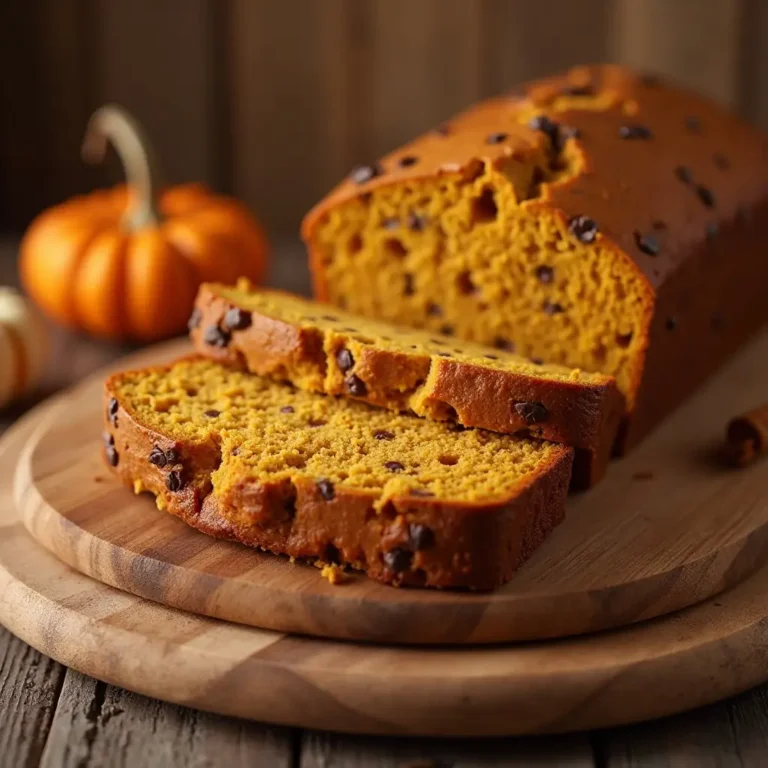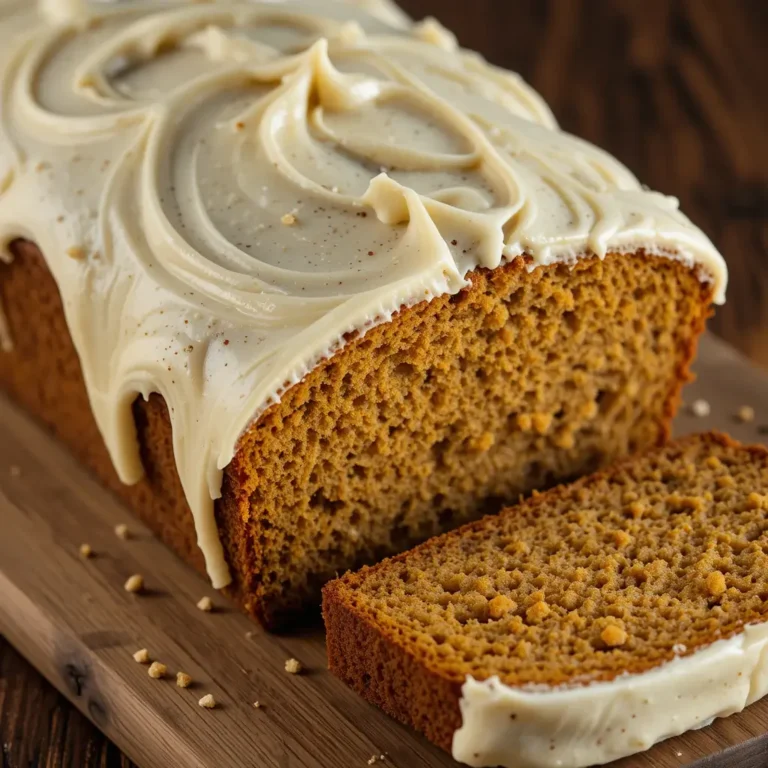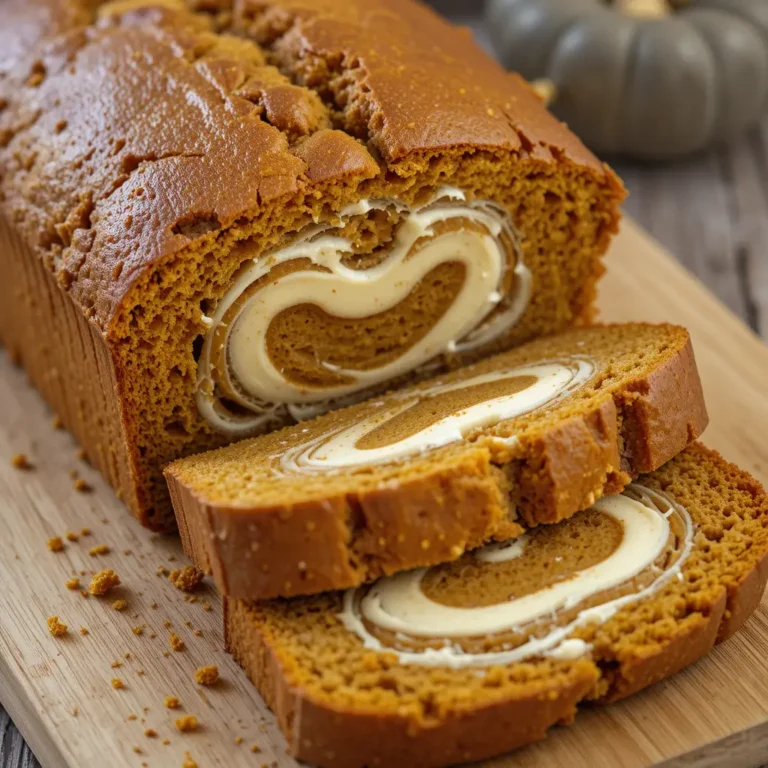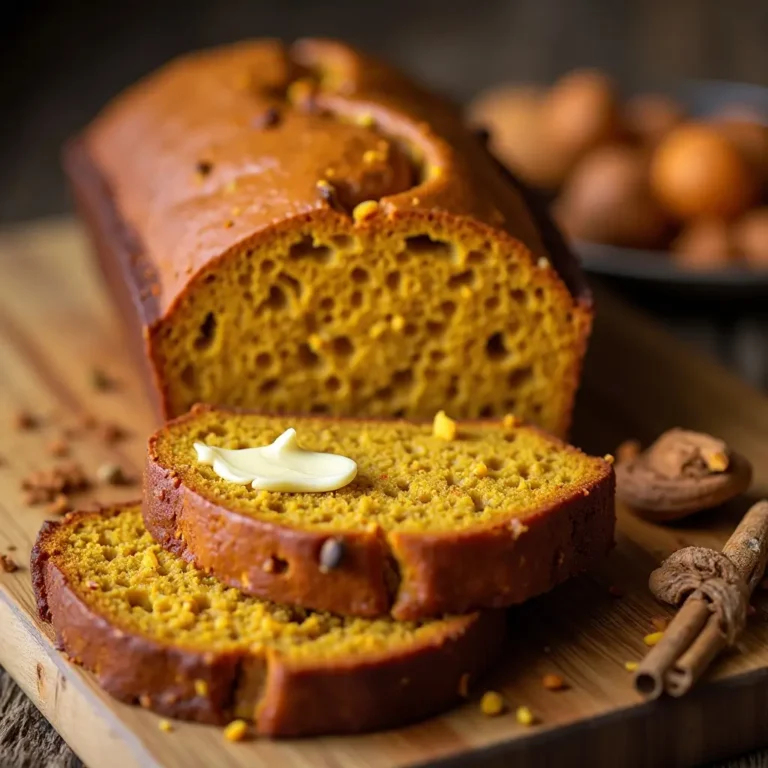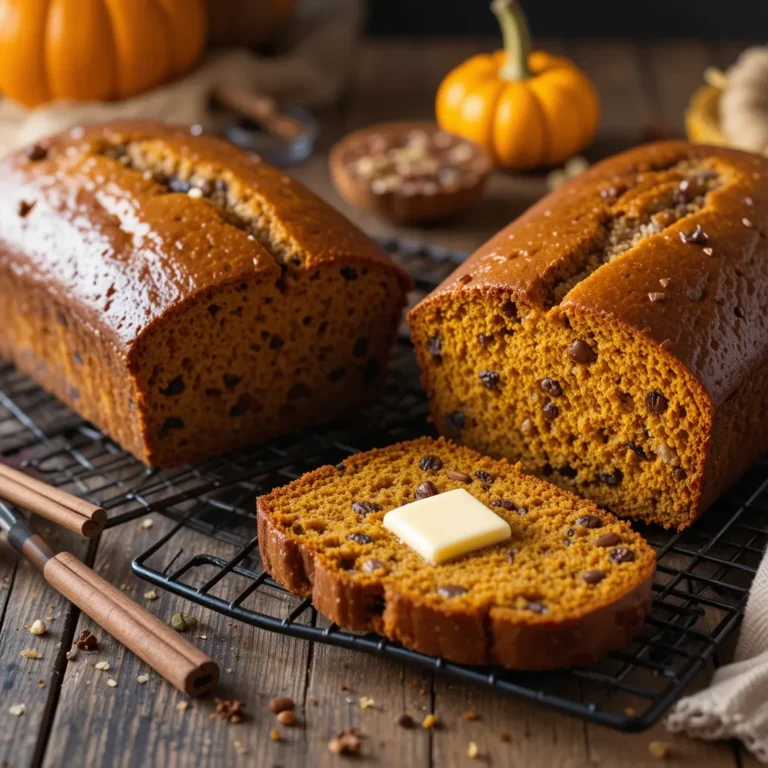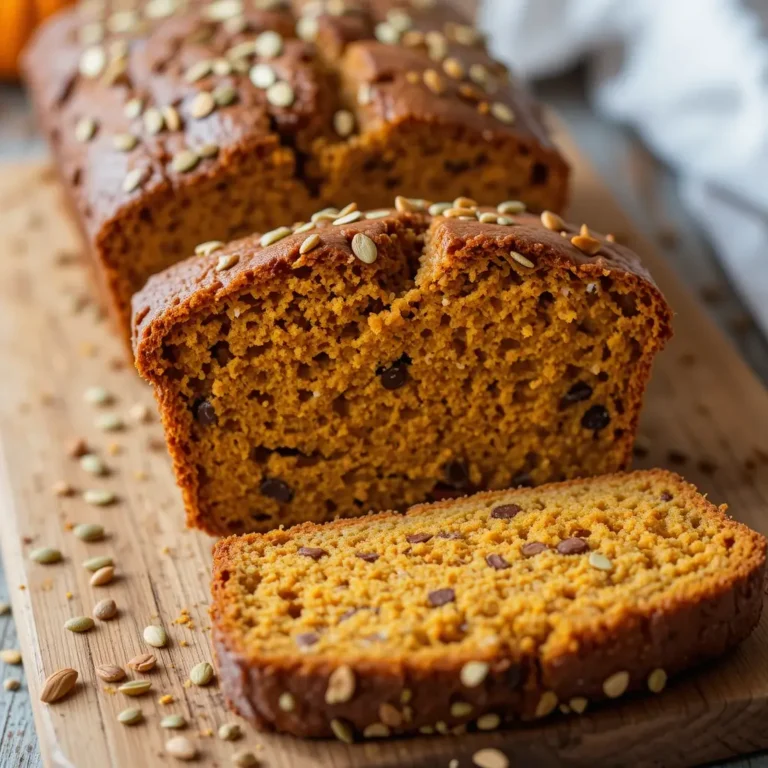Pumpkin Sourdough Bread Recipe – Fall Most Irresistible Loaf
Picture this: your kitchen filled with the warm aroma of cinnamon and nutmeg while golden pumpkin sourdough bread rises to perfection. This incredible recipe transforms simple pumpkin puree and tangy sourdough starter into the most moist, flavorful fall bread you’ve ever tasted.
Unlike my popular banana bread recipe, this pumpkin sourdough bread offers complex flavors that develop beautifully over time, making it perfect for cozy autumn mornings and holiday gatherings alike.
What is Pumpkin Sourdough Bread?
Ever wonder why we call it “pumpkin sourdough bread” when it’s essentially autumn magic in loaf form? This delightfully spiced bread combines the tangy complexity of traditional sourdough with sweet, earthy pumpkin flavors.
Legend says the way to anyone’s heart is through their stomach, and this golden treasure certainly proves that theory right! Ready to fall head-over-heels for your new favorite autumn recipe?
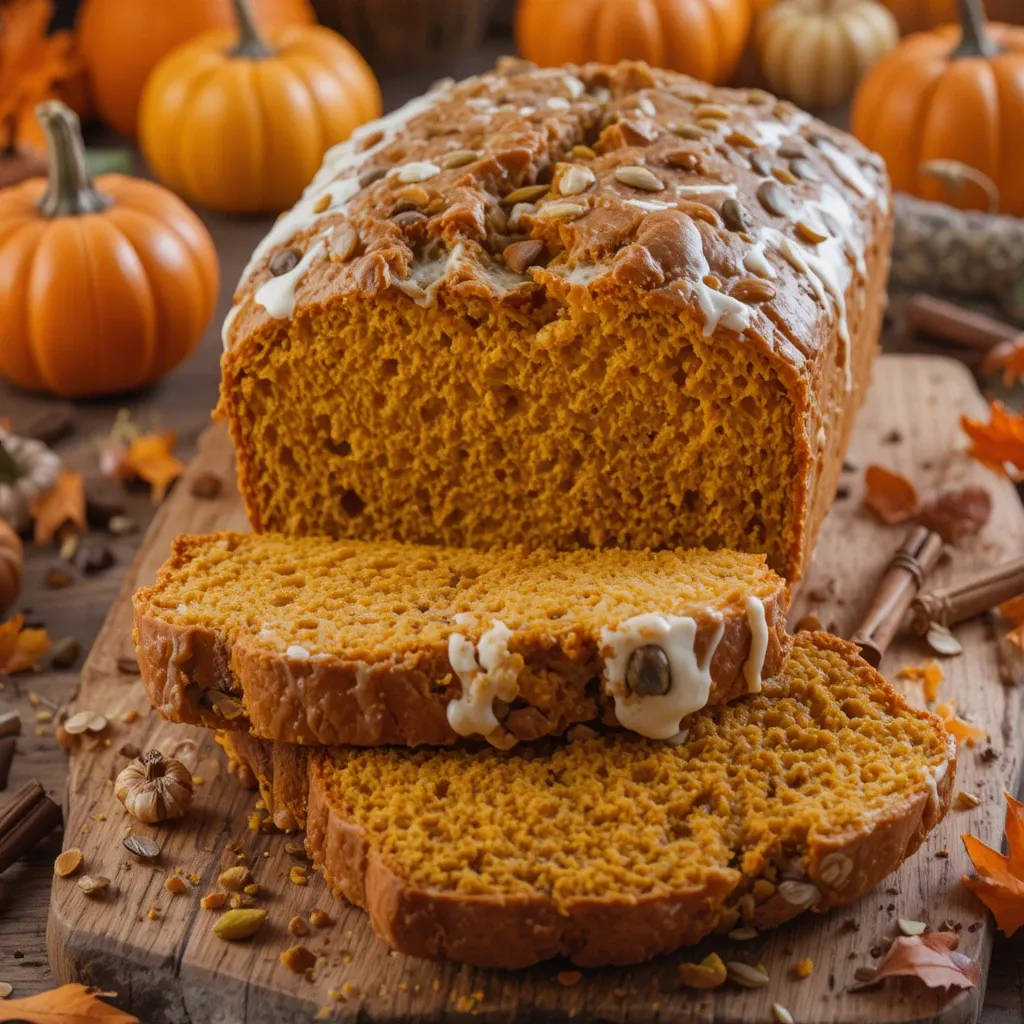
Why You’ll Love This Pumpkin Sourdough Bread:
Perfectly Moist and Flavorful
The star of this recipe is how pumpkin puree creates an incredibly tender crumb while the sourdough starter adds that signature tang. Each slice delivers warm spices like cinnamon, nutmeg, and ginger that dance on your taste buds. The natural sweetness from pumpkin means you need less added sugar than traditional sweet breads.
Budget-Friendly Fall Baking
Making pumpkin sourdough bread at home costs significantly less than buying artisan loaves from bakeries. With basic pantry ingredients and your active sourdough starter, you’ll create a gourmet-quality bread for under $3 per loaf. Plus, one recipe makes enough to share with neighbors or freeze for later enjoyment.
Irresistible Seasonal Ingredients
This recipe showcases fall’s best flavors through real pumpkin puree, warm spices, and optional add-ins like toasted pumpkin seeds or dried cranberries. Unlike my classic sourdough recipe, this version celebrates autumn with every aromatic slice. Ready to transform your kitchen into a cozy fall bakery?
How to Make Pumpkin Sourdough Bread:
Quick Overview
This pumpkin sourdough bread combines the best of both worlds: tangy sourdough complexity and sweet autumn flavors. The recipe requires an active sourdough starter and delivers incredibly moist results with a tender crumb.
Total Time:
- Prep Time: 20 minutes
- Rise Time: 4-6 hours
- Baking Time: 45-50 minutes
- Total Time: 6-7 hours
Key Ingredients for Pumpkin Sourdough Bread:
For the Bread:
- 1 cup (240g) active sourdough starter (fed and bubbly)
- 1 cup (240g) pumpkin puree
- 2 large eggs, room temperature
- 1/3 cup (75g) melted butter or coconut oil
- 1/2 cup (100g) brown sugar
- 1/4 cup (60ml) maple syrup
- 2 cups (240g) all-purpose flour
- 1 teaspoon salt
- 1 teaspoon baking soda
- 2 teaspoons ground cinnamon
- 1/2 teaspoon ground nutmeg
- 1/4 teaspoon ground ginger
- 1/4 teaspoon ground cloves
Optional Add-ins:
- 1/2 cup toasted pumpkin seeds
- 1/2 cup dried cranberries
- 1/2 cup chopped walnuts
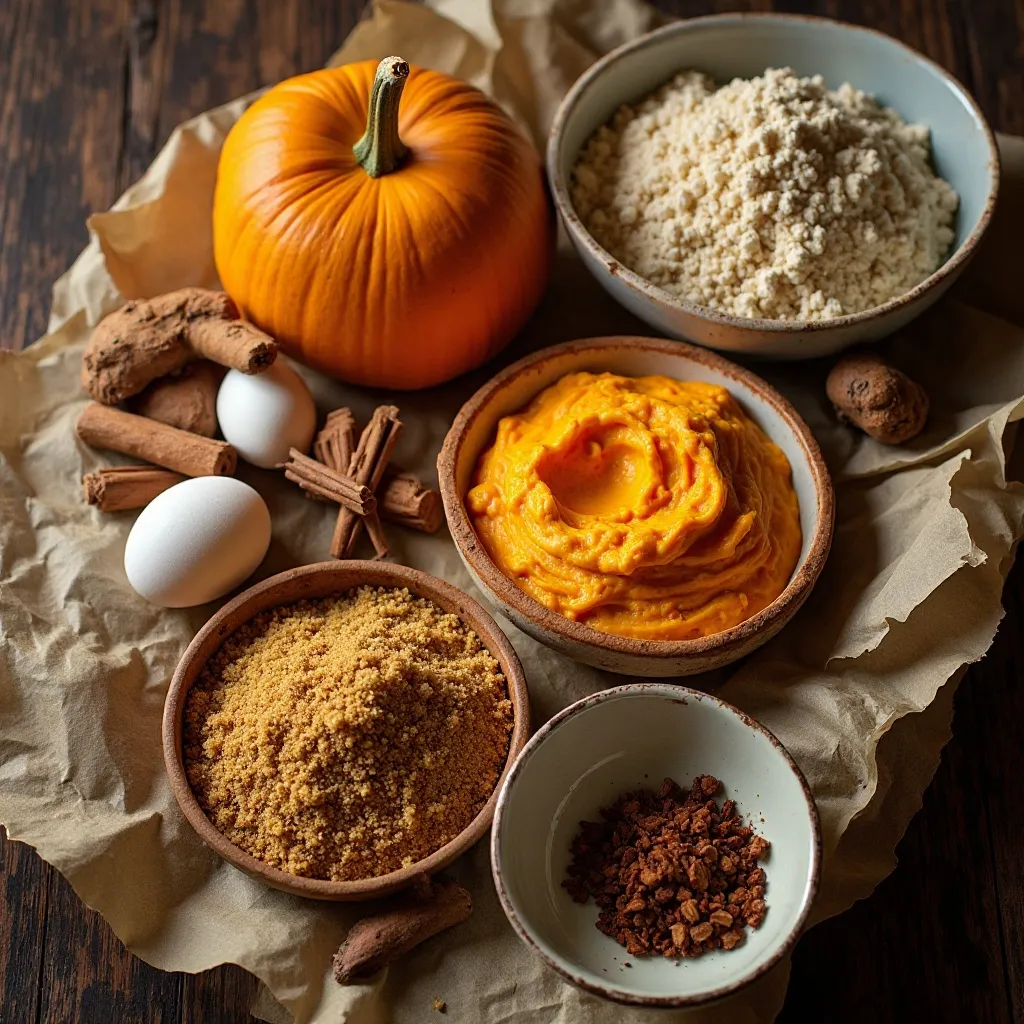
Step-by-Step Instructions:
Step 1: Prepare Your Starter and Ingredients
Ensure your sourdough starter is active and bubbly, having been fed 4-8 hours prior. Bring eggs to room temperature and measure all ingredients accurately. Preheat your oven to 350°F (175°C) and grease a 9×5 inch loaf pan.
Step 2: Mix Wet Ingredients
In a large mixing bowl, whisk together the active sourdough starter, pumpkin puree, eggs, melted butter, brown sugar, and maple syrup until well combined. The mixture should be smooth and evenly incorporated.
Step 3: Combine Dry Ingredients
In a separate bowl, whisk together flour, salt, baking soda, cinnamon, nutmeg, ginger, and cloves. This ensures even spice distribution throughout the bread.
Step 4: Create the Batter
Gradually fold the dry ingredients into the wet mixture using a wooden spoon or rubber spatula. Mix just until combined – don’t overmix, as this can create tough bread. If using add-ins like pumpkin seeds or cranberries, gently fold them in now.
Step 5: First Rise
Cover the bowl with a damp towel and let the batter rest at room temperature for 2-3 hours. The sourdough starter needs time to work its magic and develop flavors.
Step 6: Shape and Final Rise
Transfer the batter to your prepared loaf pan, smoothing the top gently. Cover with a damp towel and let rise for another 1-2 hours until slightly puffed.
Step 7: Bake to Perfection
Bake for 45-50 minutes until a toothpick inserted in the center comes out with just a few moist crumbs. The top should be golden brown and spring back lightly when touched.
Step 8: Cool Completely
Remove from oven and let cool in the pan for 10 minutes before turning out onto a wire rack. Cool completely before slicing for the best texture and flavor development.
What to Serve Pumpkin Sourdough Bread With:
This versatile bread shines in many serving situations. For breakfast, toast thick slices and spread with cream cheese, butter, or almond butter. The tangy-sweet flavor pairs beautifully with hot coffee or spiced chai tea.
Create an elegant afternoon snack by serving with whipped mascarpone and a drizzle of honey. For special occasions, transform slices into French toast using eggnog custard for an unforgettable holiday breakfast.
The bread also makes excellent sandwiches – try turkey and cranberry sauce or cream cheese with sliced apples. Serve alongside soups like butternut squash or roasted tomato for a comforting autumn meal.
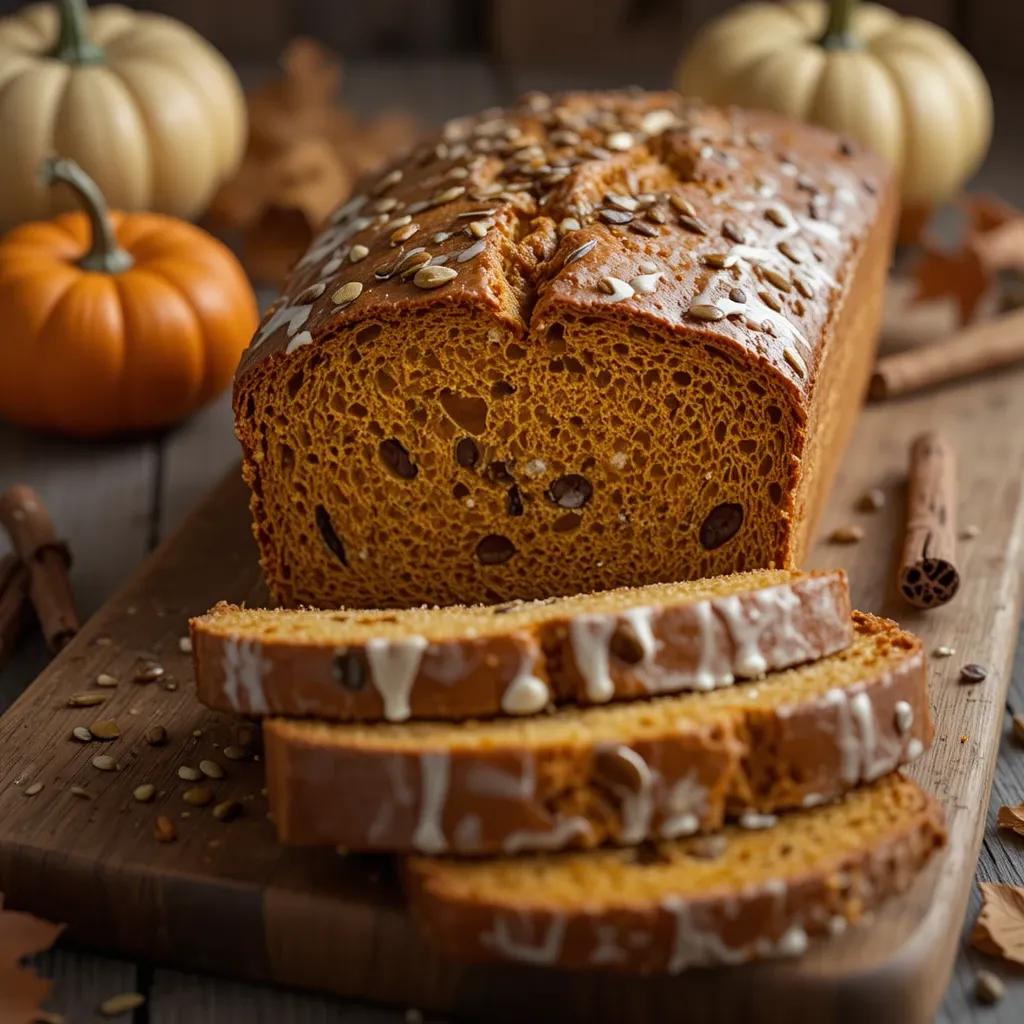
Top Tips for Perfecting Pumpkin Sourdough Bread:
Sourdough Starter Success
Your starter should be active and bubbly for best results. If your starter seems sluggish, feed it and wait until it doubles in size before using. A weak starter will result in dense, heavy bread.
Measuring Accuracy Matters
Use a kitchen scale for most accurate results, especially with flour and pumpkin puree. Too much flour creates dry bread while too little makes it gummy. Pumpkin puree consistency varies by brand, so adjust flour if needed.
Temperature and Timing Tips
Room temperature affects rise time significantly. In cooler kitchens, rising may take longer. Don’t rush the process – proper fermentation develops the best flavor. If your kitchen is very warm, watch carefully to prevent over-rising.
Avoiding Common Mistakes
Don’t overmix the batter once flour is added, as this develops gluten and creates tough bread. Also, resist cutting into the bread while it’s still warm – patience rewards you with perfect slices that won’t fall apart.
Storing and Reheating Tips:
Store completely cooled pumpkin sourdough bread wrapped tightly in plastic wrap or aluminum foil at room temperature for up to 3 days. For longer storage, slice the bread and freeze individual pieces in freezer bags for up to 3 months.
Refrigerated storage extends freshness to 5-7 days but may slightly dry the texture. Bring refrigerated bread to room temperature before serving, or toast lightly to restore moisture and warmth.
To reheat, toast individual slices in a toaster or warm whole loaf portions in a 300°F oven for 5-10 minutes. Frozen slices can be toasted directly from the freezer – just add an extra minute to toasting time.
For meal prep, slice the entire loaf when fresh and freeze portions in single-serving bags. This way, you can grab individual servings without thawing the whole loaf.
Nutritional Information
| Nutrient | Per Slice (1/12 loaf) |
|---|---|
| Calories | 185 |
| Carbohydrates | 32g |
| Protein | 5g |
| Fat | 4g |
| Fiber | 2g |
| Sugar | 12g |
| Sodium | 285mg |
| Potassium | 145mg |
| Vitamin A | 35% DV |
Nutritional values are approximate and may vary based on specific ingredients used.
Frequently Asked Questions:
Can I use canned pumpkin instead of fresh pumpkin puree?
Yes, canned pumpkin puree works perfectly and is actually preferred for consistent results. Make sure to use pure pumpkin puree, not pumpkin pie filling which contains added spices and sweeteners.
What if my sourdough starter isn’t very active?
If your starter is sluggish, feed it with equal parts flour and water, then wait until it doubles in size before using. This usually takes 4-8 hours. A weak starter will result in dense bread with less tangy flavor.
Can I make this bread without eggs?
Yes, substitute each egg with 1/4 cup applesauce or 1 tablespoon ground flaxseed mixed with 3 tablespoons water. Let flax mixture sit for 5 minutes before using. The texture will be slightly denser but still delicious.
How do I know when the bread is fully baked?
Insert a toothpick into the center – it should come out with just a few moist crumbs, not wet batter. The internal temperature should reach 190-200°F. The top will be golden brown and spring back lightly when touched.
Can I add chocolate chips or other mix-ins?
Absolutely! Fold in 1/2 cup of chocolate chips, dried cranberries, chopped walnuts, or toasted pumpkin seeds just before the final rise. Don’t exceed 1/2 cup total add-ins to maintain proper bread structure.
Why is my bread dense or heavy?
Dense bread usually results from inactive starter, too much flour, or insufficient rising time. Ensure your starter is bubbly and active, measure flour accurately, and allow proper fermentation time even if it takes longer than expected.
Can I make mini loaves instead?
Yes, divide the batter between 4-5 mini loaf pans and reduce baking time to 25-30 minutes. Check for doneness with a toothpick as smaller loaves bake faster than full-size loaves.
How long does the sourdough fermentation process take?
Total fermentation time is typically 3-5 hours, but this varies with room temperature and starter activity. Warmer conditions speed fermentation while cooler temps slow it down. Look for slight puffing and a slightly sour aroma.
Expert Baking Tips and Variations:
Seasonal Variations
Transform this base recipe throughout fall and winter by experimenting with different squash purees. Butternut squash or sweet potato puree work wonderfully, each bringing unique flavors and colors to your bread.
Glaze Options
Elevate your pumpkin sourdough with a simple cream cheese glaze made from 4oz softened cream cheese, 1 cup powdered sugar, and 2-3 tablespoons milk. Drizzle over cooled bread for bakery-style presentation.
Make-Ahead Strategy
Prepare the batter through step 4, then refrigerate overnight for enhanced flavor development. Bring to room temperature before the final rise and baking. This technique deepens the sourdough tang and creates more complex flavors.
Troubleshooting Dense Texture
If your bread consistently turns out dense, check your starter’s activity level and consider reducing flour by 2-3 tablespoons. High-altitude bakers should reduce baking soda by 1/4 teaspoon and increase liquid slightly.
This comprehensive pumpkin sourdough bread recipe brings together the best of seasonal baking with the complexity of sourdough fermentation. Whether you’re a seasoned baker or just starting your sourdough journey, this recipe delivers consistent, delicious results that capture the essence of autumn in every slice.

